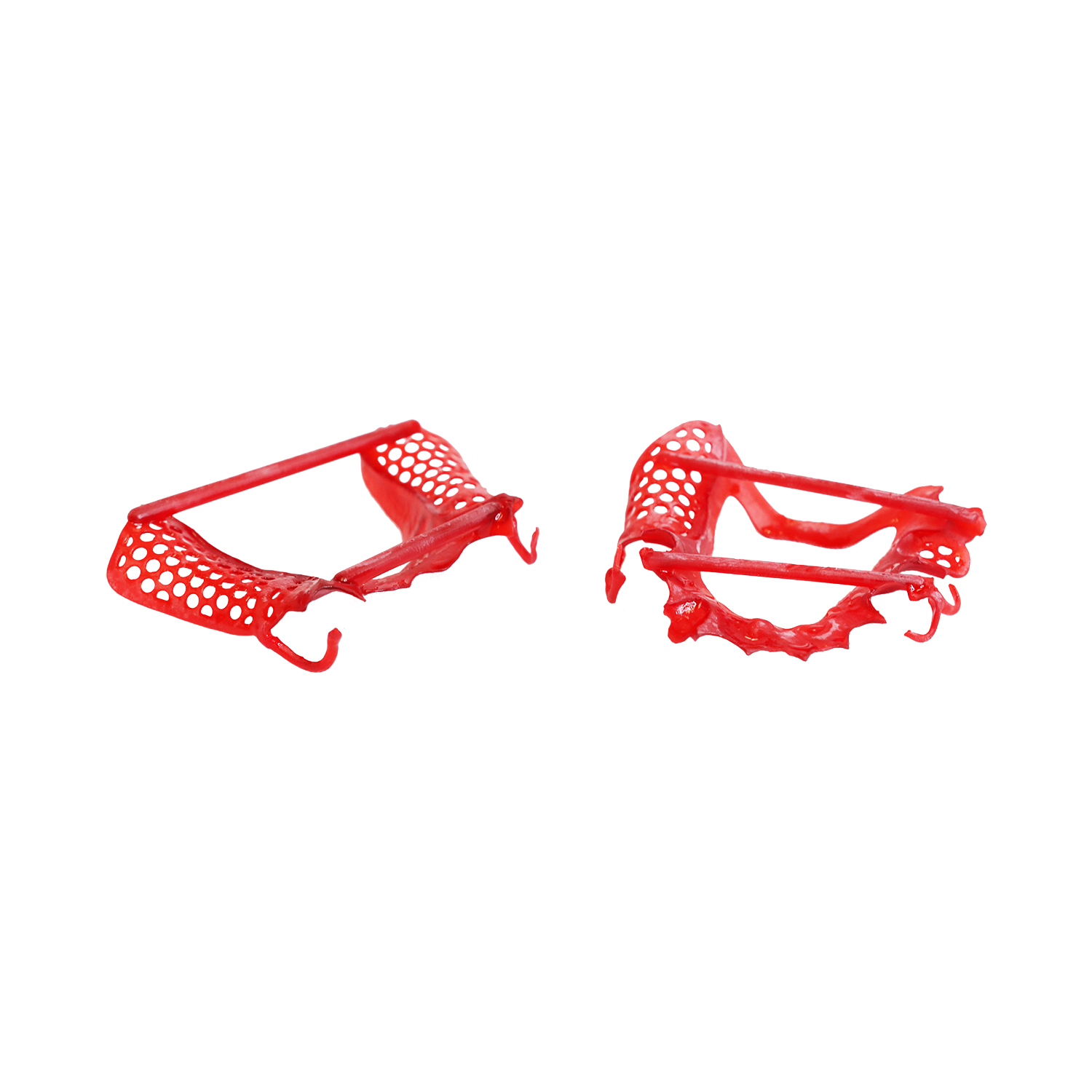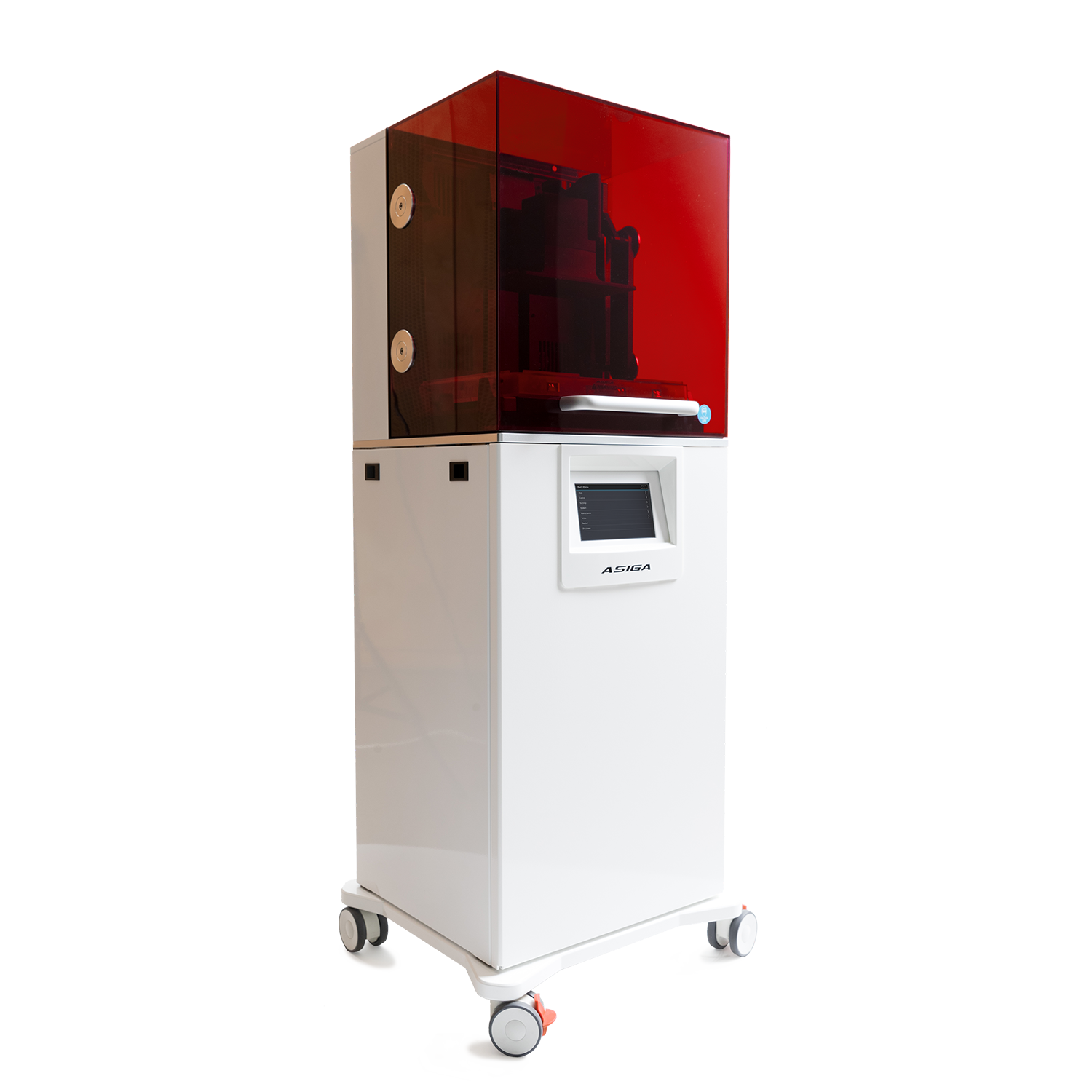At renew Institute: beyond dentistry we consider ourselves fortunate to have both certified lab technicians and prosthodontists on the same team and under the same roof. The combined credentials of these crucial team members enable us to choose treatment pathways and materials that result in the most predictable and long lasting restorations for our patients.
When it comes to splints there have been many discussions regarding “when to use what?” Before we can answer this questions we need to define what “what” is…
Splints are most commonly categorized into three main types; hard, soft, and bi-laminar.
Hard splints are the most commonly used type due to their absolute rigidity. Historically these splints were processed in an analog manner. Today, splints can be processed, injection molded, milled, and even printed. Soft splints are the most resilient type of splint available, and are typically fabricated in a vacuform fashion. Soft splints are inexpensive to fabricate, simple to deliver, and are the most comfortable for patients, yet indications for their use are limited. Perhaps the most underutilized type is the bi-laminar (hard/soft combination) splint. These splints are essentially a hard shell with a soft liner. They are the most versatile and offer many benefits to both the clinician and the patient.
As a prosthodontist, I cannot stress enough that each of these splints are useful to the everyday practitioner with many benefits that can be maximized when their indications are understood and respected….
Hard Splints
These splints are most indicated in heavy grinders with minimal full coverage restorations and/or prosthetics. These splints are ideally used in patients who have maintained the majority of their natural dentition (without a lot of ceramic crowns and or full arch prosthetics).
Hard splints are a great choice of therapy with patients who suffer from TMD and the symptoms there of; bruxing, joint pain, muscular discomfort, headaches, and wear. It is important to recognize that the guard itself will not cure a patients bruxing habit, or completely halt the negative consequences of said habits, but it can relieve the patient of the common symptoms. And, most importantly, they can preserve the life of the remaining natural dentition by acting as a protective guard against the harmful effects of grinding.
Soft Splints
The soft splints are most advantageous in their use as athletic guards. Their resilient nature does not allow them to be qualified as a treatment for TMD. Other indications for these splints would be for low functioning (non-grinding) patients who suffer from sensitive teeth upon waking due to mouth breathing at night, bleaching, and for controlled delivery of local medicaments to the teeth and/or tissues.
Bi-laminar Splints
For patients who require a guard to treat TMD, prevent wear, or to protect an investment of crown and bridge/implant prosthetics. The bi-laminar nature, hard on the outside and soft on the inside, provides rigidity in the system for functional loads, while providing patient comfort and protection of the ceramic/acrylic investments they have made. Particularly those who have invested in implant over implant systems which have resulted in altered proprioception. The soft nature of the intaglio surface cushions the forces that are exerted on the prosthetics.
In our experience, patients prefer these guards due to the ease of insertion and comfort while in use and for the ability to maximize retention by engaging undercuts. Clinicians prefer these guards because of the reduced chair time. The resilient nature of the soft liner is much more forgiving and requires less adjustment upon delivery.
The dental industry is known as one of the most inundated fields when it comes to material selection. The most important thing a practitioner can do for themselves and for their patients, is to understand what options exist, and WHY.










.jpg)


Leave a comment